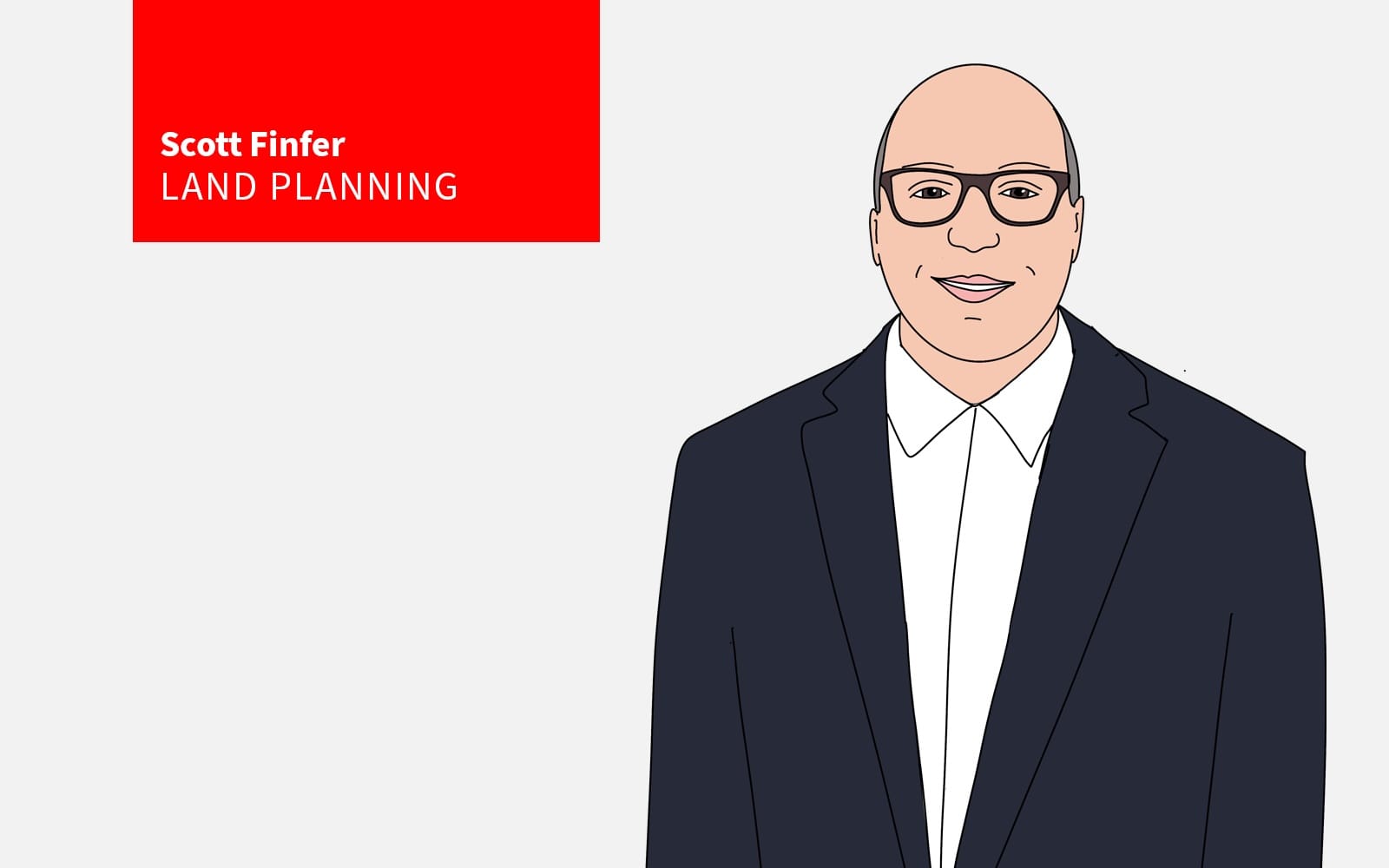Marketing & Sales
Rate Buydowns: Temporary Fix, Long-Term Risk For Homebuilders
Financial incentives like mortgage rate buydowns may boost sales today, but builders using them broadly risk margin erosion, mispricing, and long-term strategic misalignment—especially those without Lennar-scale flexibility.

When a housing market relies heavily on rate buydowns, it’s no longer operating on organic fundamentals. It becomes a market held together by financial engineering, not real affordability. So while buydowns can be useful in pockets, or temporarily, widespread use is a red flag—a sign that the market is out of balance, with builders subsidizing demand to avoid the harder (but healthier) path of lowering prices or reducing inventory.
Simply put, buying down rates may be preventing the market from normalizing.
As mortgage rates hold steady near 7%, homebuilders across the U.S. increasingly rely on mortgage rate buydowns to keep buyers in the market. These temporary interest rate incentives reduce monthly payments and help sustain sales velocity. As popular as the practice has become, buydowns are becoming a high-stakes gamble, especially for builders without the scale and flexibility of industry giants such as Lennar and D.R. Horton.
Meanwhile, NVR goes a different way.
Let’s talk plain: if you’re a homebuilder using rate buydowns to move houses off the lot, you might be fixing the wrong problem with the wrong tool. Sure, it might keep the sales rolling for now, but like putting duct tape on a busted pipe, it won’t hold forever.
What’s a Rate Buydown, Anyway?
Simple: the builder pays the lender to give the buyer a lower interest rate—maybe for a year or two, ... maybe for the entire loan. It makes the monthly payment look prettier, especially when mortgage rates are sky-high, as they’ve been lately, and may be for a while.
Sounds good on paper, right? Well, hold your horses.
The Buydown Boom and Its Limits
Rate buydowns have become a go-to tactic. In D.R. Horton’s latest quarter, over 80% of buyers utilized a buydown, while Lennar has aggressively offered rates in the 5.5% range to keep homes moving despite rising affordability pressures.
For many builders, these incentives are necessary to move inventory, but they come at a cost: shrinking gross margins, weakened pricing power, and tighter cash flow. For companies without diversified operations or balance sheet strength, buydowns can quickly become a trap, masking deeper structural inefficiencies.
Lennar, D.R. Horton, NVR Play Different Games
The Margin Squeeze Is Real
Lennar’s gross margins dropped to 17.8% in Q2 2025, down significantly from the previous year. D.R. Horton, while more insulated, also saw compression to ~22.7%, mainly due to incentive-heavy selling.
Matching those incentives without operational scale could lead to long-term damage for small and mid-sized builders.
Buydowns are a blunt instrument,” says one housing analyst. “They fix buyer psychology in the short term but don’t address cost structure, supply chain inefficiencies, or overbuilt inventory.”
Lennar: Volume at All Costs
Lennar is making a bold pivot toward unit-based scaling, not margin maximization. The company is effectively treating homebuilding like manufacturing by emphasizing standardization, shorter build cycles, and a land-light strategy. While that means accepting thinner margins today, it also positions Lennar for long-term cost dominance and operational leverage.
With nearly 20,000 closings in Q2 and an expected 80,000+ in 2025, Lennar is betting that volume and efficiency will win once interest rates normalize.
D.R. Horton: Margin with Flexibility
D.R. Horton, the country’s largest homebuilder by volume, takes a more nuanced approach. Instead of pushing a single company-wide strategy, Horton empowers local community teams to make real-time decisions on price, pace, and incentives, trading off margin for velocity when necessary, but reining it back when market conditions improve.
This tactical flexibility allows Horton to maintain stronger profitability than Lennar, offering aggressive incentives and building more affordable product types like townhomes and spec homes in high-growth markets.
NVR: The Quiet, Profitable Outlier
Then there’s NVR, the industry’s long-time profitability champion. Unlike its higher-volume peers, NVR runs a radically asset-light model; it avoids land ownership, builds only when returns justify it, and minimizes capital at risk. While it doesn’t chase scale, it consistently posts the highest return on equity and gross margins in the sector.
For investors and operators alike, NVR serves as a case study in discipline. In a market where many builders subsidize sales with incentives, NVR proves that profitability-first strategies can work if you’re willing to grow slower and say no more often.
The Bigger Picture
As the housing market wrestles with affordability challenges, interest rate volatility, and cost inflation, builders face a fundamental dilemma: Chase volume with incentives, protect margins through discipline, or optimize both through scale and flexibility.
- Lennar is betting on long-term operating leverage through volume.
- D.R. Horton is managing market volatility with decentralized, tactical agility.
- NVR is preserving margins through controlled growth and capital efficiency.
Rate buydowns may be necessary in today’s high-rate market, but for most builders, they are not a sustainable strategy. Without the scale of Lennar or the local optimization of D.R. Horton, many companies risk burning through cash in a race to subsidize demand.
In the battle for the future of homebuilding, the winners will not be those who buy down the most rates; they will be those who build the right business model around a changing economic reality.
Six Reasons Buydowns are Bad
1. You’re Not Solving the Real Problem
Folks can’t afford these high home prices and high interest rates. Slapping a lower rate on it doesn’t change the fact that the house is expensive. You’re just kicking the can down the road, hoping the buyer can refinance later. If rates don’t drop or worse, go up, that buyer’s stuck. That’s not helping them and doesn’t build trust in the long haul.
2. It’s Money Out of Your Pocket
Those buydowns aren’t free. Builders foot the bill for thousands of dollars per deal. You’re not putting that money in your pocket or back into the business. When times get lean (and always do), you’ll wish you had those margins back. You wouldn’t sell your cattle below cost merely to say the herd’s moving.
Don’t do it with houses either.
3. It Messes with Your Pricing Power
Here’s the rub: if you keep using buydowns to avoid cutting the sticker price, you’re propping up home values buyers can’t truly afford. Sooner or later, reality catches up. You’ll either have to cut prices or sit on unsold inventory. Both hurt worse if you’ve already burned through your incentives.
4. You’re Burning Through Your Juice Too Early
Incentives are like bullets; you don’t fire 'em all at once. Use 'em up too quickly, and when sales really slow down, you’ve got nothing left in the chamber. Buyers also get wise. They’ll wait for the next “special deal,” which means you’re training folks to shop you like a discount mattress store. That isn’t good for the brand.
5. You Might Be Attracting the Wrong Buyers
Let’s be honest: if someone can only afford your home because you bought their rate down two points, they might be on shaky financial ground. You don’t want to be the one holding the bag when that buyer defaults or walks away when rates don’t cooperate.
Better to sell to someone who can carry the note without training wheels.
6. Wall Street Isn’t Dumb
If you’re a public builder, remember investors are watching. When they see you slashing margins to push volume, they smell weakness. Analysts ask hard questions if your profits drop, but you’re still pushing houses. Next thing you know, your stock’s down and your CFO’s sweating bullets on the earnings call.
When Buydowns Might Make Sense
Now, don’t get me wrong, rate buydowns aren’t always dumb:
- If you’re sitting on a bunch of quick-move-in homes and rates just spiked, it might help clear the lot.
- If it’s cheaper than cutting the price and ruining your comps, maybe it’s the lesser evil.
- If you’re using it like a scalpel and not a shotgun, just enough to sweeten the pot for the right buyers.
But don’t build your whole business around this kind of trick. That’s like trying to play poker and bluffing on every hand. Looks good in the short run, but it won’t hold up when you get called.
Texas logic says: don’t trade long-term health for short-term hype. If your houses aren’t selling at today’s prices, maybe it’s not just the rate. Perhaps it’s time to look harder at your product, pricing, and pipeline.
And remember, volume is nice, but profit keeps the lights on.
MORE IN Marketing & Sales
11,000 Buyers Turn 65 Each Day, Here's How Homebuilders Win
Even in a hesitant market, 55+ buyers hold the keys to growth. Deborah Blake shows builders how to win their trust—and unlock their equity—with empathy, lifestyle, and design.
The AI Revolution is Here: The Implications For Homebuilders
Artificial intelligence and automation are changing the rules of competition. Builders that invest now—in systems, culture, and people—will gain a lasting advantage in efficiency, customer experience, and profitability.
How Homebuilding Sales Became A Strategic Center Of Gravity
Dave Rice and New Home Star help turn homebuilder sales associates into data-powered business strategists and a linchpin to critical customer feedback. Here’s why that matters now more than ever.
